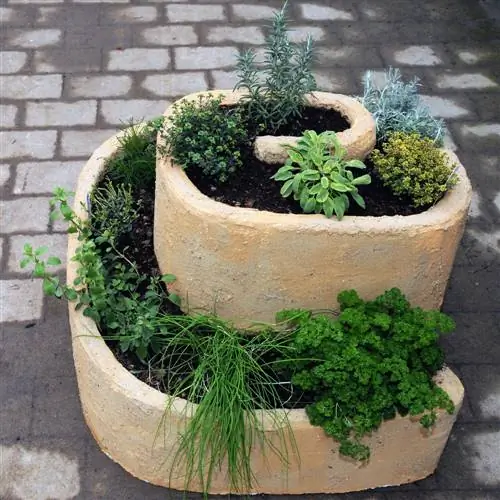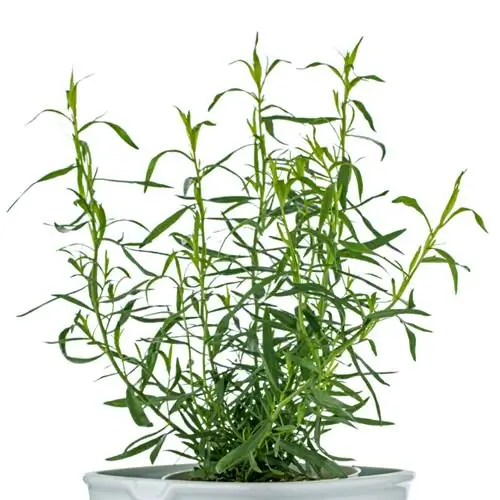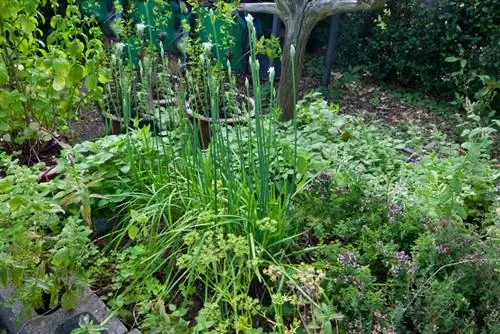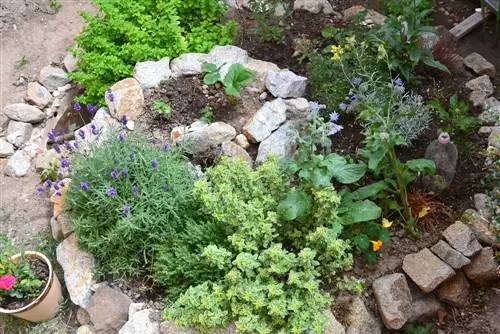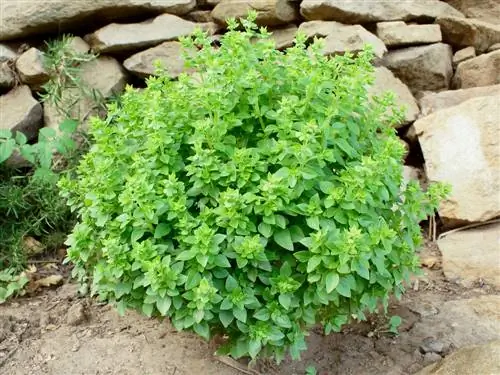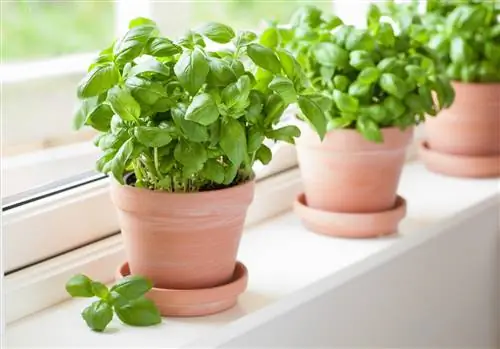- Author admin [email protected].
- Public 2023-12-16 16:46.
- Last modified 2025-01-23 11:21.
The word “basilikos” comes from Greek and means “royal”. The herb bears this name primarily because of its noble scent. However, the bushy-growing plant is not only indispensable in Mediterranean cuisine, it is also one of the most important medicinal plants in Ayurveda, the traditional Indian art of medicine. For these reasons, basil is one of the most important herbs and is therefore indispensable in the herb spiral.
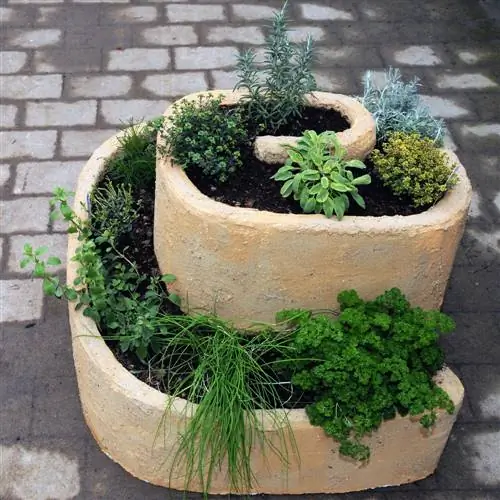
Where should basil be placed in the herb spiral?
In the herb spiral, basil should be placed in the upper to middle area, in a sunny, warm location and on well-drained, nutrient-rich soil. Regular watering without waterlogging is important for optimal growth.
Origin and description
Many species of basil are native to Africa and South America. As early as 1000 B. C. The herb was cultivated in Western India around 400 BC. It then came to Central Europe in the 12th century. In India, basil has primarily a religious significance; The Indian basil (Ocinum sanctum), also called “holy basil”, is dedicated to the god Vishnu and is considered a panacea and rejuvenator, but also an aphrodisiac. Basil, which is usually an annual, grows to a height of between 20 and 70 centimeters, depending on the variety. The cross-opposite leaves can vary greatly depending on the species and variety. The white flowers appear between June and September. The aromatic scent of the entire plant is typical.
Protect basil from slugs
As a rule, basil is sown indoors and only put outdoors in mid-May. Since it is a declared “favorite food” of slugs, it is only safe in the upper area of the herb spiral or in pots. Reseeding is possible until September. When sowing, make sure not to cover the seeds with soil: basil is a light germinator.
Location in the herb spiral
Basil needs a lot of warmth and is sensitive to waterlogging, so it needs a permeable but nutrient-rich soil. It therefore belongs in the upper to middle area of the herb spiral, in a very sunny spot. When it's dry, you need to water it regularly because basil doesn't like waterlogged soil, but it still likes it moist.
Harvest
Shortly before flowering is the best time to pluck the leaves, which should be used as fresh as possible. Basil quickly loses its aroma when dried, but can be easily preserved in oil or frozen.
Related species and popular varieties
Basil is roughly divided into two subspecies, and there are also a number of very different varieties:
- ‘Big Green’, ‘Genovese’
- ‘Lemon’: lemon basil with a citrus aroma, goes well with fish dishes
- ‘Cinnamon’: basil with cinnamon aroma
- ‘Opal’: red-leaved variety
- Bush or dwarf basil: 15 centimeter high ornamental form
- Tree basil (Ocinum gratissimum): wild basil from the tropics of Africa and Asia with a clove aroma and pungent taste
Tip
If you plant basil, thyme, marjoram and oregano together in the herb spiral, you already have the most important herbs for Italian cuisine.

